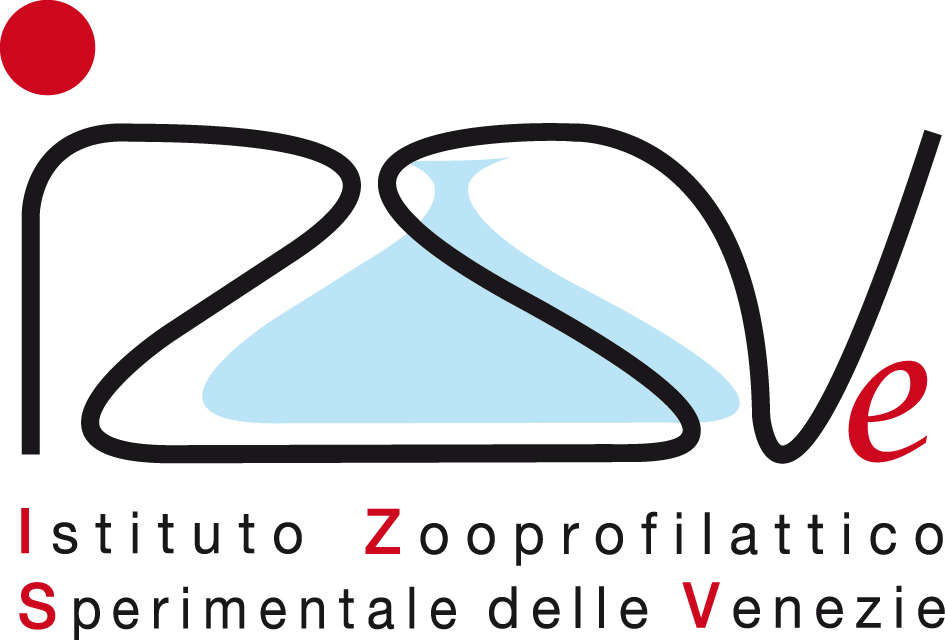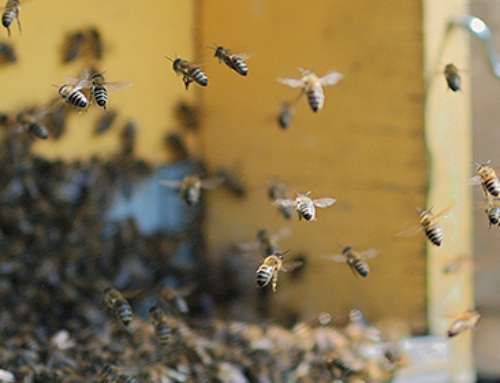A study by the Istituto Zooprofilattico Sperimentale delle Venezie (IZSVe) proposes an experimental combination of precision and metabolomic-based veterinary diagnostics in support of poultry farms, which is both effective and sustainable.
The colour of a chicken’s skin, or more correctly its pigmentation, depends on the bird’s diet and therefore on nutritional intake from the feed it is given. Research by the IZSVe, published in Poultry Science, has shed light on the correlation between changes in diet and skin colour, showing that slight variations in nutrients can affect also chicken pigmentation. Specifically, the study revealed variations in the absorption of some ration components in non-pigmented broilers. Researchers from the Experimental Chemistry Laboratory (SCS8) and Avian Medicine Laboratory (SCT1) developed a metabolomic technique to test for malabsorption of natural pigments in broilers and determine the possible causes.

Research by the IZSVe has shed light on the correlation between changes in diet and skin colour, showing that slight variations in nutrients can affect also chicken pigmentation. Specifically, the study revealed variations in the absorption of some ration components in non-pigmented broilers. Market logics (eg. price fluctuations), can influence feed ingredient proportions, potentially affecting nutrient absorption (protein, vitamin, mineral, fibre, saturated fats, polyunsaturated fats, carbohydrates, etc.). The researchers observed that broilers with faulty pigmentation were characterized by low levels of antioxidant vitamins E, A, and K2 in their tissues and excess levels of polyunsaturated fats in their diet.
The starting point for addressing the question is the production process. Careful management of genetic, environmental and nutritional properties has, over time, enabled the poultry sector to produce large quantities of feed rich in protein and highly standardized in terms of nutritional value, colour and size, at competitive prices.
However, market logics, such as price fluctuations, can sometimes influence feed ingredient proportions, potentially affecting nutrient absorption. While energy intake and the gross amount of protein, fats and fibre remain constant, the ratios of nutrients (saturated fats, polyunsaturated fats, carbohydrates, etc.) and vitamin and mineral concentrations can vary. In some cases this can lead to an alteration in absorption capability, impacting birds’ homeostatic balance. Moreover, the collapse of or major alterations in the homeostatic system can lead to detectable variations in the finished product (chicken meat and eggs).
Fortunately, sustainability, precision, and intelligent technologies are becoming the pillars of livestock farming of the near future, with implications for both animal health and food healthiness, but also and above all for animal wellbeing. The experimental analysis was able to effectively photograph metabolic changes in the early stages of natural pigment malabsorption, which were affecting chicken pigmentation.
The addition of natural pigments to feed is a common practice in poultry farming and is regulated at the European level. Among the most frequently used natural pigments in the poultry industry are xanthophylls, particularly lutein and zeaxanthin (both carotenoids with vitamin A activity), extracted from Tagetes flower petals. The birds acquire these pigments through feed. They are efficiently absorbed due to the presence of saturated fats, which incorporate them into micelles, facilitating their bioaccessibility and subsequent accumulation in the birds’ subcutaneous adipose layer, breast, thighs, and skin.
The researchers observed that broilers with faulty pigmentation were characterized by low levels of antioxidant vitamins E, A, and K2 in their tissues and excess levels of polyunsaturated fats in their diet. By detecting variations in absorption levels of vitamins E, A, and K2 and identifying an excess amount of oxidized fats in non-pigmented poultry, it was possible to rapidly support a poultry farm in case of absent/reduced pigmentation of its broilers, enabling quick corrective action to be taken. The adoption of metabolomics thus proved effective in accurately diagnosing metabolic dysfunctions in poultry and could potentially be used in other livestock sectors.
Read the scientific article on Poultry Science»




![What are animal mycoplasmoses? [Video]](https://www.izsvenezie.com/wp-content/uploads/2025/06/whare-are-animal-mycoplasmoses-video-500x383.jpg)

